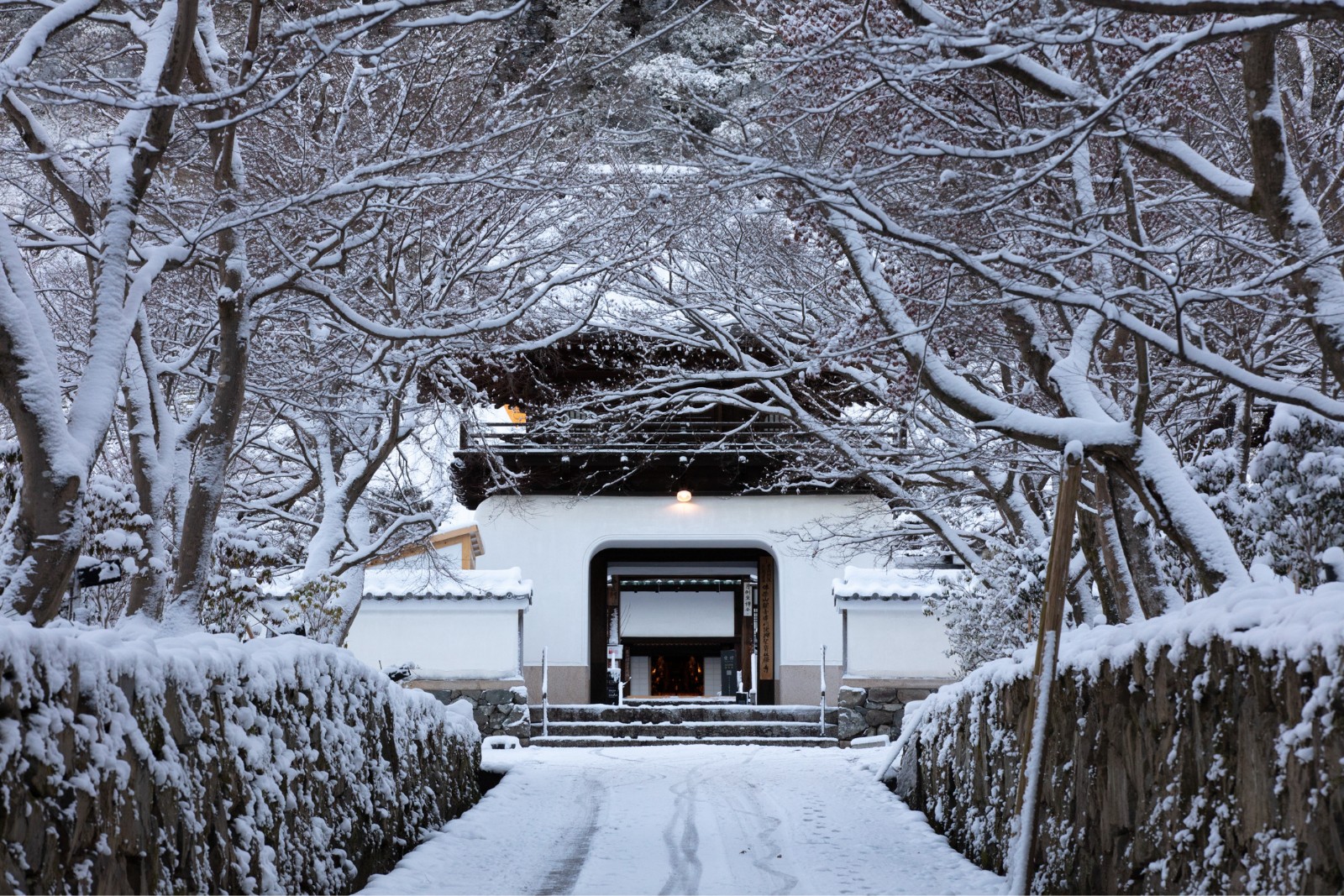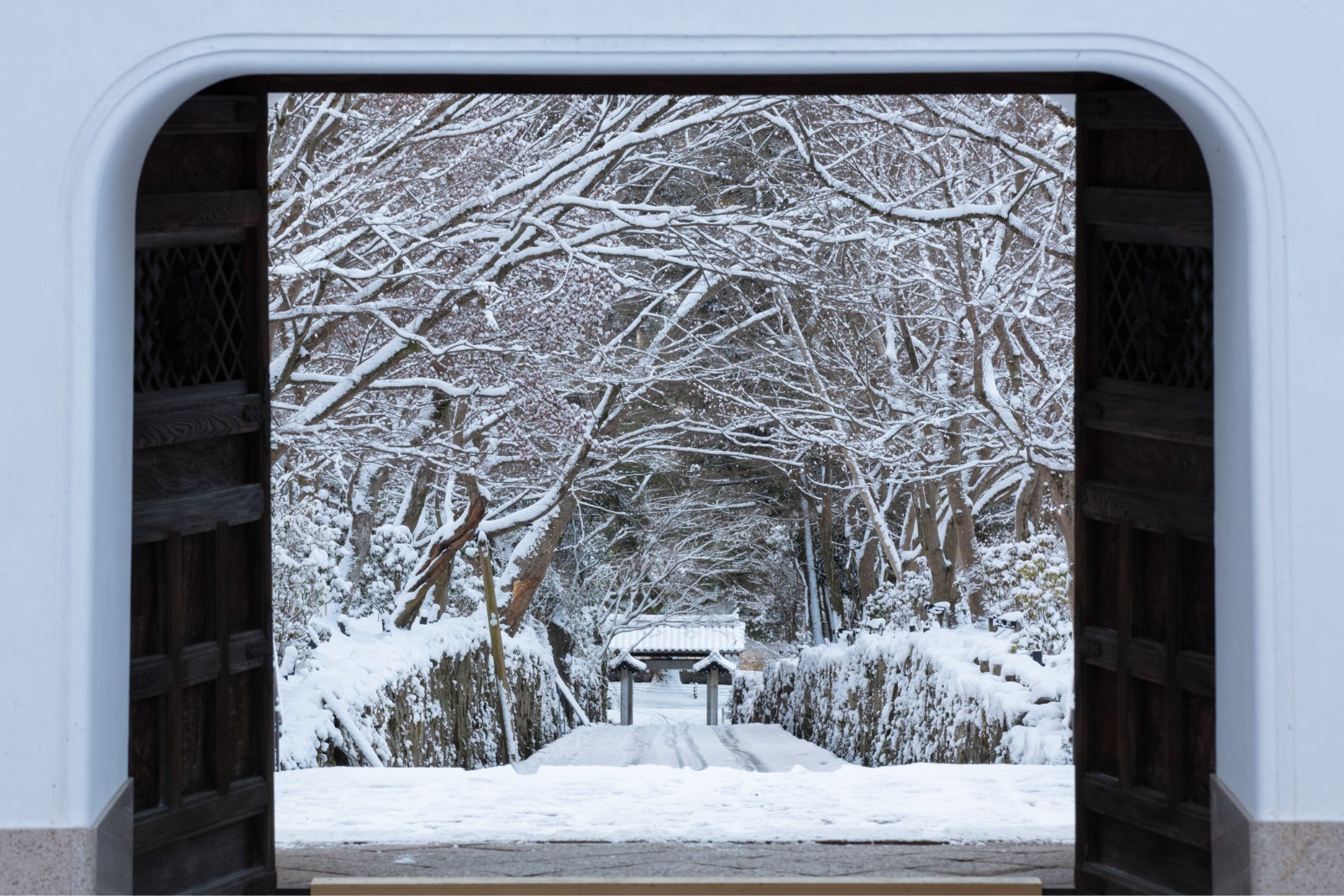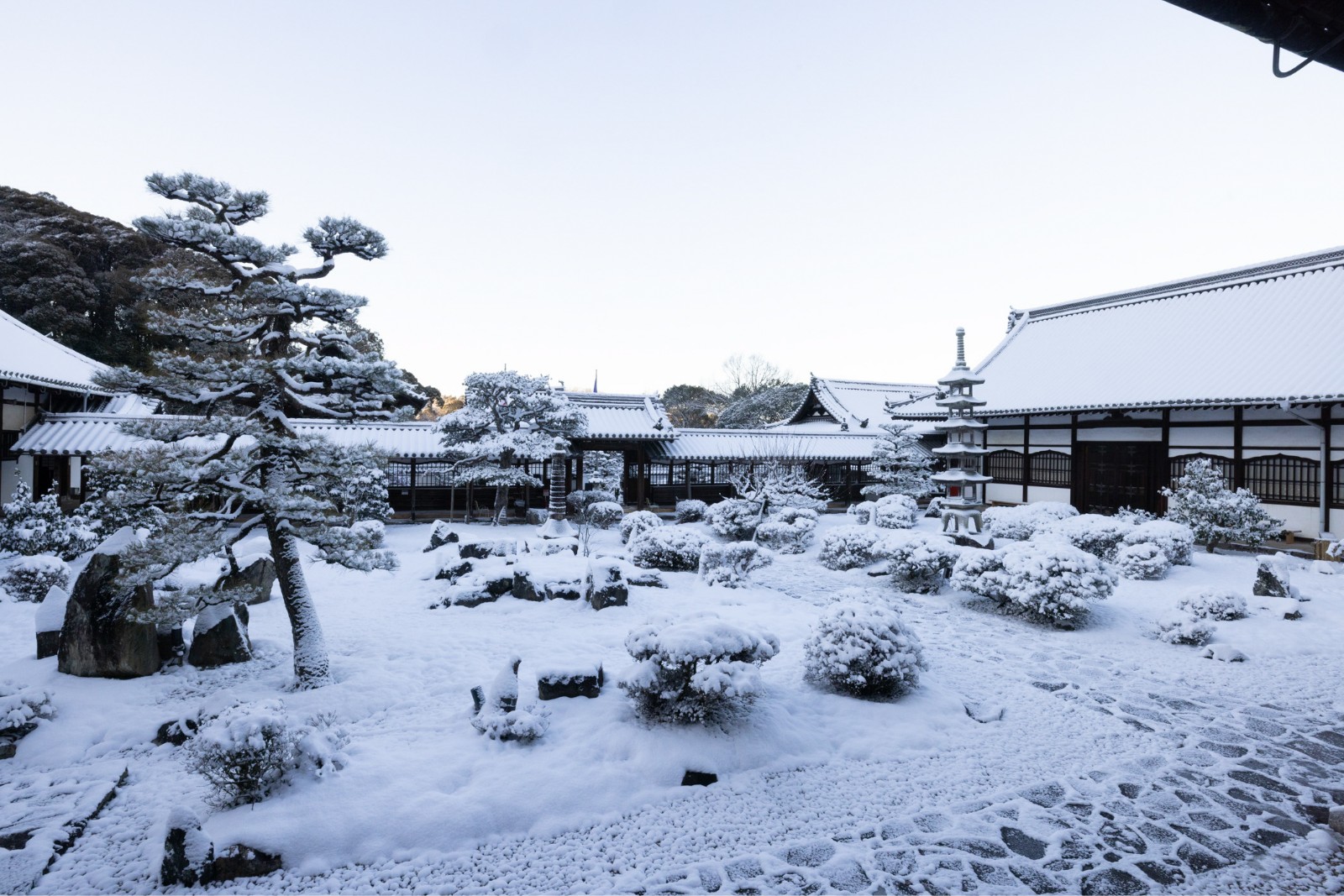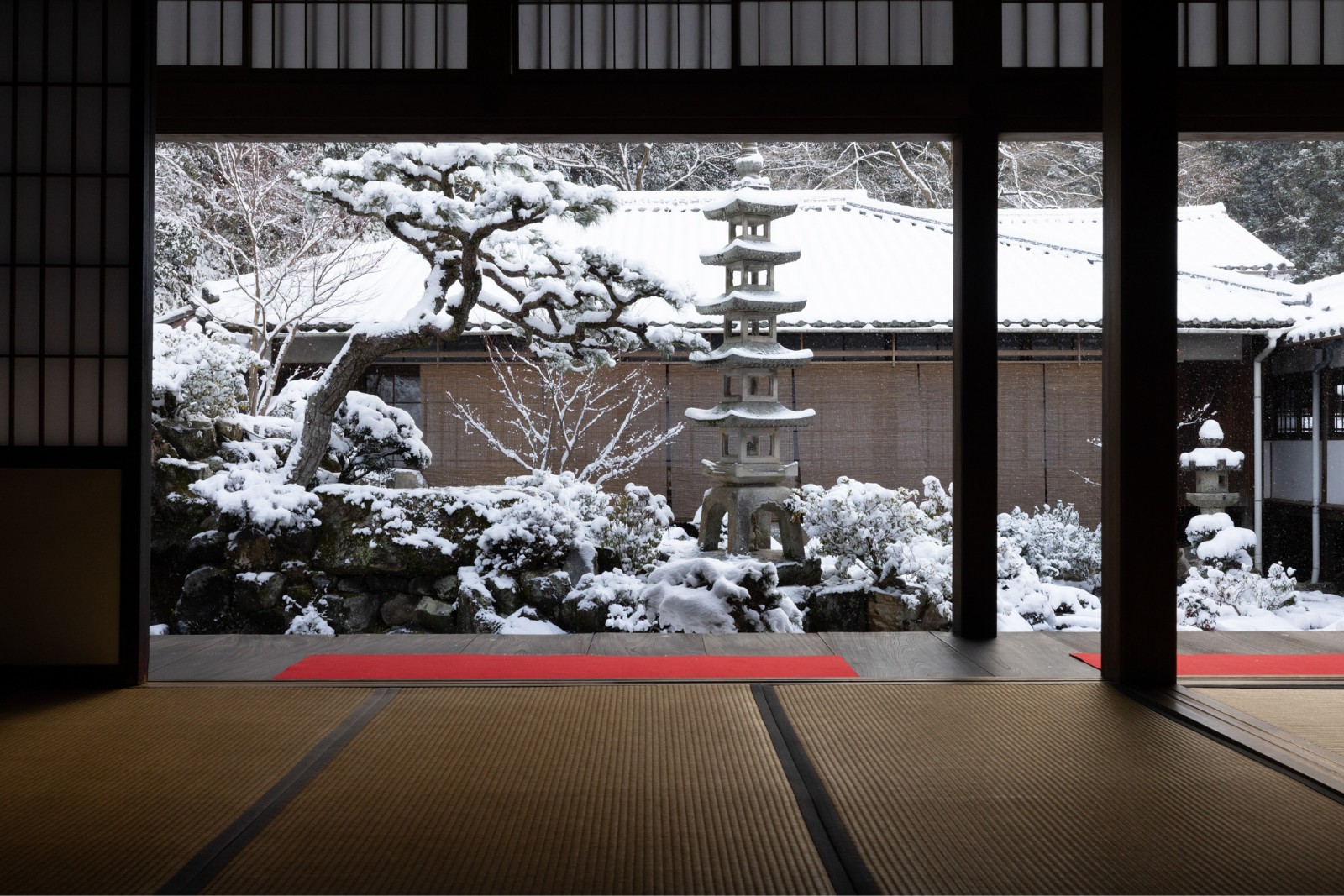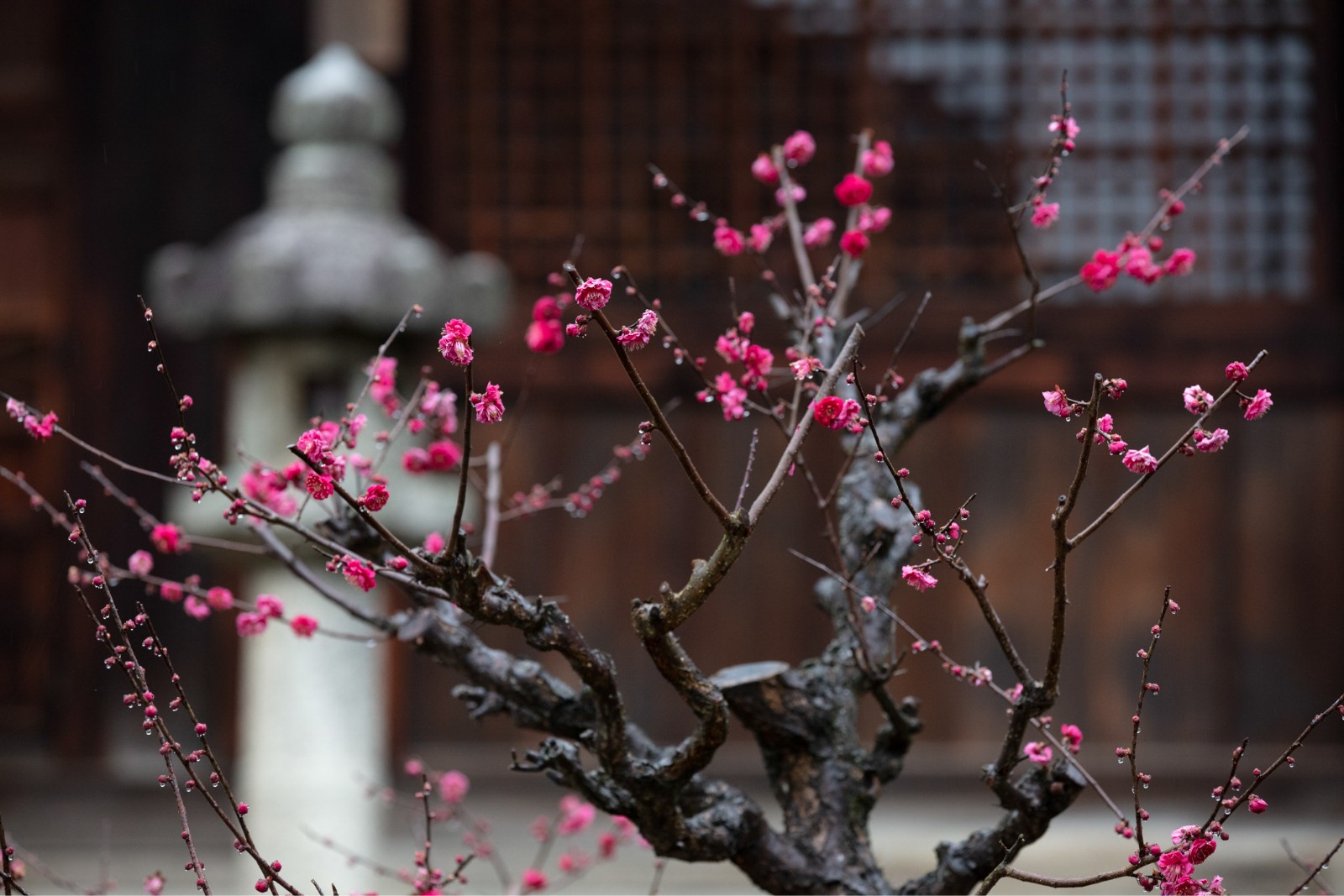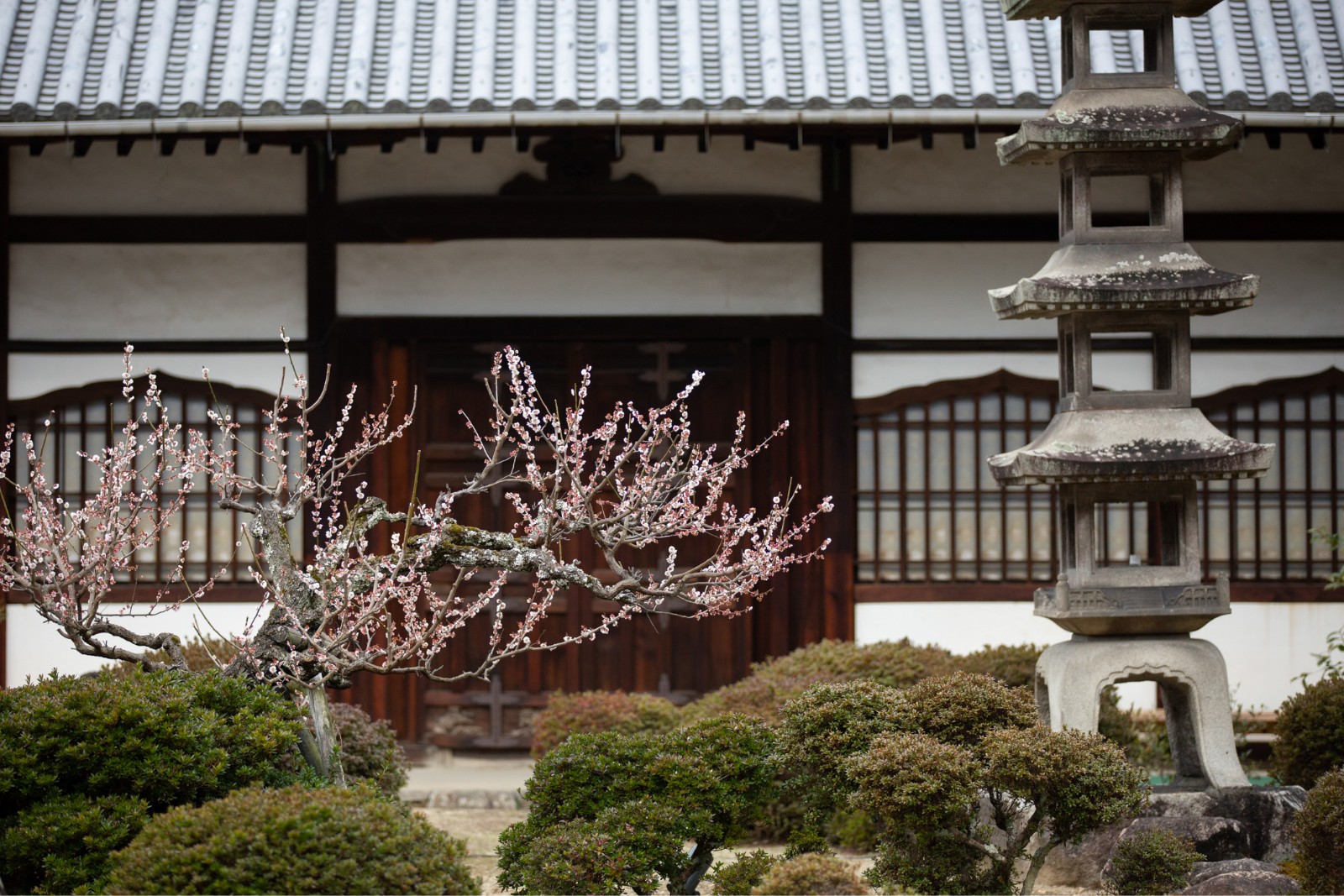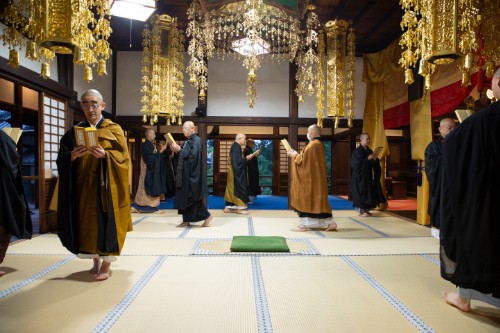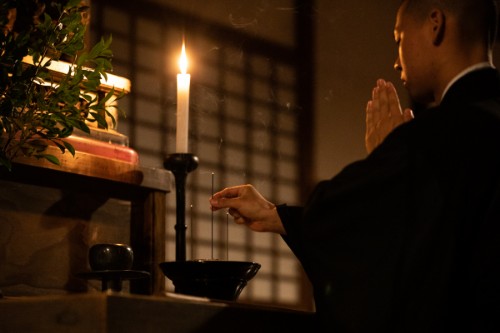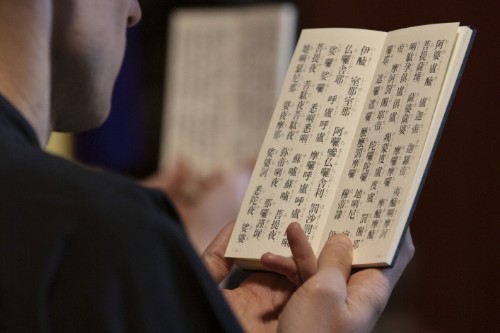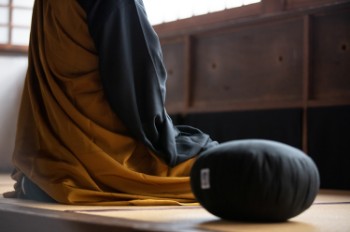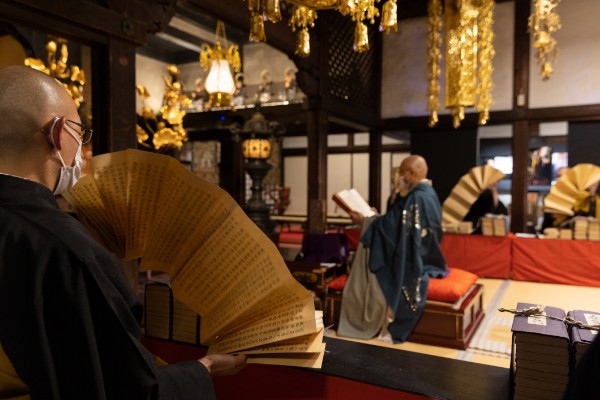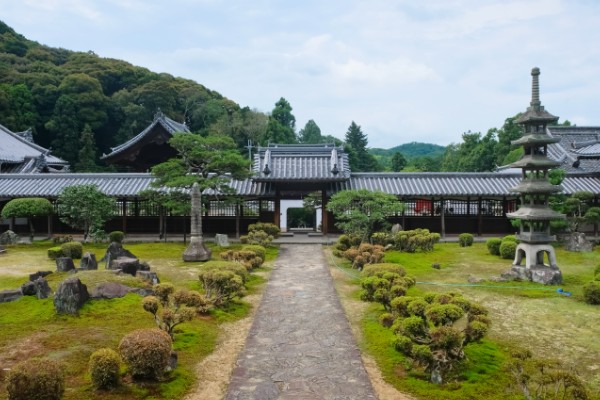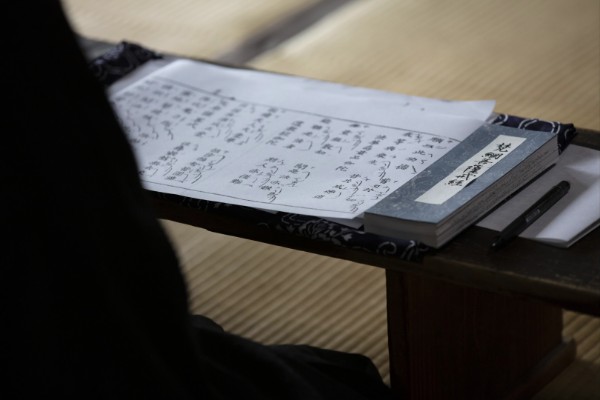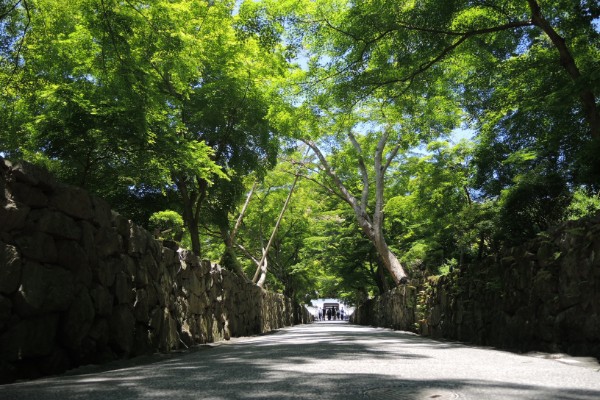/
ABOUT
Teaching of Dogen Zenji
興聖門下、且く道え、如何。
“Anyone who seeks teaching under the Koshoji, is suitable for monastic training, say so.”
On October 15, 1236, Dogen Zenji first established a monastery as the abbot of Kosho Horin Zenji (Kosho Horin Zen Temple), gathered trainee monks and taught them the teachings of the Buddha.【Eihei Koroku (Eihei Extensive. Record)】
HISTORY
Koshoji, the earliest training monastery in Japan, founded by Dogen Zenji.
Koshoji is officially called "Buttokuzan Kannon Dori-in Kosho Horin Zenji”.
It is the first Zen temple in Japan, in Fukakusa, Fushimi, founded in 1233 by Dogen Zenji, who had returned to Japan from China.
There are more than 14,000 Soto Zen temples in Japan today, here is the eldest Zen Monastery.
Later, in 1645, in the early Edo period, Naomasa Nagai, the lord of Yodo Castle, invited Ban-nan eiju Zenji, as revival founder (Chuko Kaisan) to rebuilt Koshoji in Uji, and it remains today.
As the first Soto Zen monastery, every day we serve to pray for the peace and tranquility of the land, the harmony of all people, the prosperity of the Dharma, and monastic practice in safe.
Historical Chronology
- 1229
After returning from China, Dogen Zenji lived a secluded life at Anyoin in Fukakusa. (This temple is considered to be the site of Gokurakuji, a temple associated with the Fujiwara clan)
- 1233
This temple was the first one established in Japan for the education and cultivation of monks. Koshoji is called the “First Soto Zen Monastery opened (in Japan)”.
- 1236
The Koshoji training monastery was open and most of the Shobogenzo was presented.
- 1243
Dogen Zenji moved to Echizen Province at the request of Hatano Yoshishige.
- 1645
Naomasa Nagai, the lord of Yodo castle, restored Koshoji in Uji, inviting Ban-nan eiju Zenji to be the revival founder (Chuko Kaisan).
Since then, it has been a training monastery of the Soto Zen Buddhism.
Zazen in Soto Zen Buddhism
Shikantaza (Sit in Single Mindedly)
The fundamental teaching of Soto Zen Buddhism is based on zazen. It is originated from the Buddha's enlightenment through his devotion to the practice of zazen. Zen refers to the practice of determining the true nature of things and how they truly are, and then harmonizing our mind to properly deal with. By sitting, stabilizing our body, naturally our mind harmonizes our body and breath. Zazen in Soto Zen Buddhism is "Shikantaza " just sitting. Zazen is not a practice that aims at some other purpose. The form of zazen itself is the "form of Buddha" as well as the form of enlightenment. In our daily lives, we are often easily influenced by selfish desires and the appearance of things, but in zazen, it is important not to get caught up in various thoughts and desires.
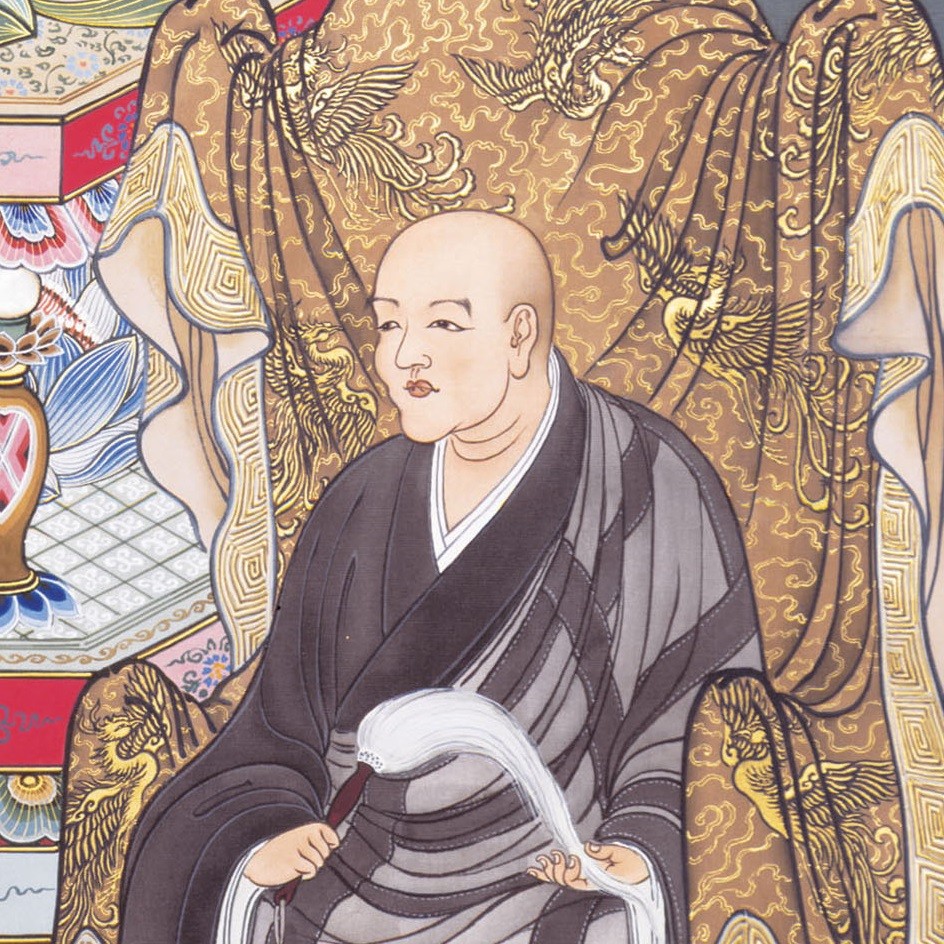
- Dogen Zenji(1200-1253)
HIGHLIGHT
New Year's Daihannya (Kito) Prayer Service, Uranbon (Bon) Festival in Summer, and the Memorial Ceremony for the founder in early fall. Uji Tea Festival and Gratitude ceremony for tea whisks (Chasen) in the autumn leaves. Rohatsu Sesshin (intensive Zazen practice week) and Jodo-e (Ceremony Commemorating the Awakening of Buddha Shakyamuni). There are seasonal events designated for each season.
The temple grounds, built in the Shichido Garan style (seven halls monastic complex), are truly majestic, with a view that reflects the history of the temple and is surrounded in serenity.
We offer Zazen, Sutra tracing, Memorial services, Lectures, and other activities that allow you to actually see and feel with your eyes and body. There are zendo (zazen hall) and a hall for sutra tracing in our temple. Anyone is welcome to try zazen and sutra tracing with registration.
Our reception desk for your visit is open from dawn to dusk (around 5:00 am to 5:00 pm). Approximately 15 minutes walk from Uji Station on the Keihan Uji Line, approximately 25 minutes walk from JR Uji Station on the JR Nara Line. Parking lot (fee required) is also available.
SEASONS
Seasonal landscape changes with each season -beautiful scenery-
Cherry blossoms in spring. New greenery shines in summer. In autumn, the leaves turn red. And dignified winter. Weaving its history for more than 700 years since its foundation, Koshoji will continue to count the years of its history as a Zen temple with presenting the serenity and vibrant beauty in each season.
- Spring
- Summer
- Autumn
- Winter
Spring
Cherry blossoms in spring.
It is also the season of beautiful cherry blossoms in the garden of the Ojoin, inspiring visitors with its various expressions from season to season.
The Hanamatsuri (Gotan-e) is held on April 8, the day of Buddha’s birthday.
- Kotosaka
- Zentei
- Ojoin Teien
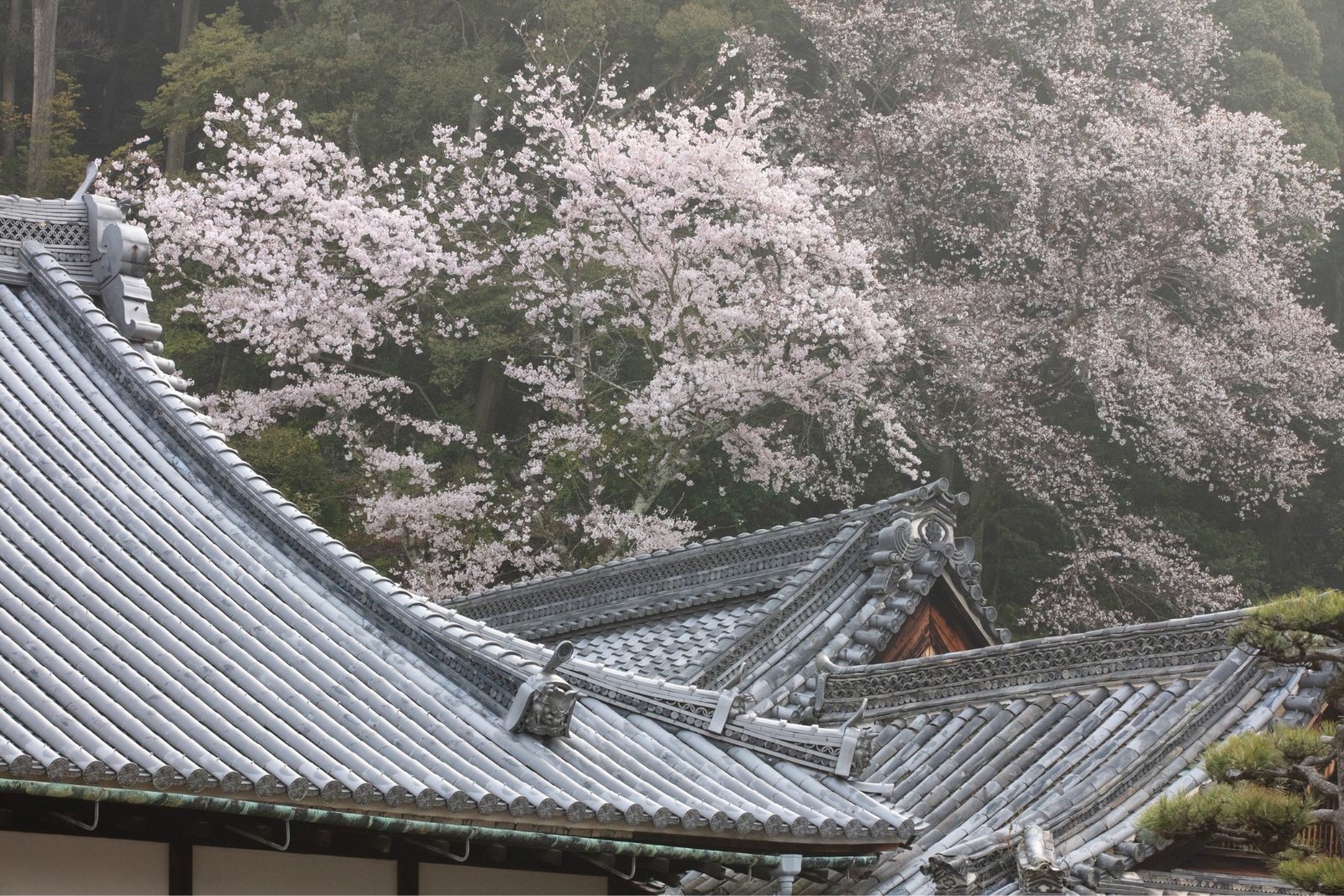
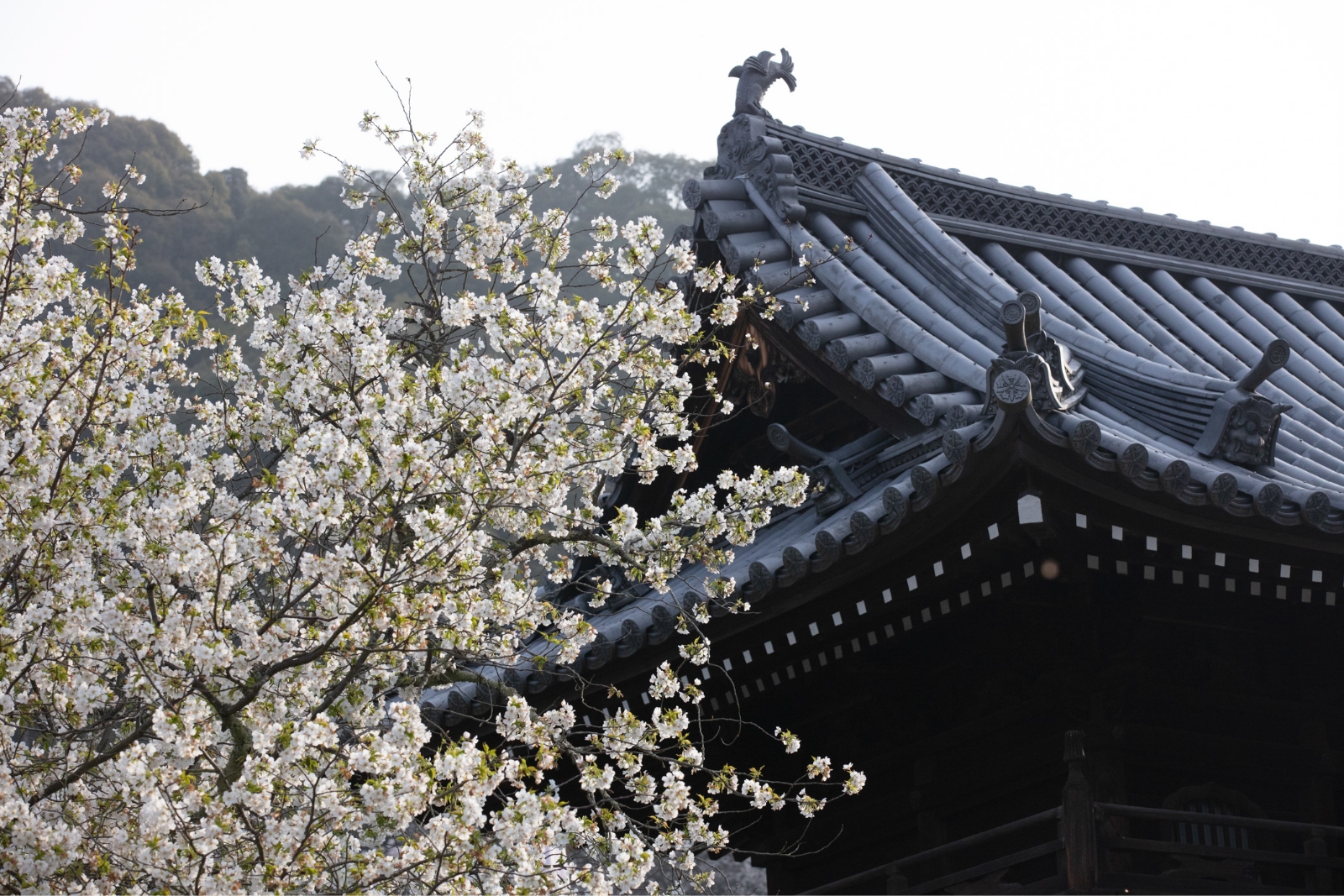
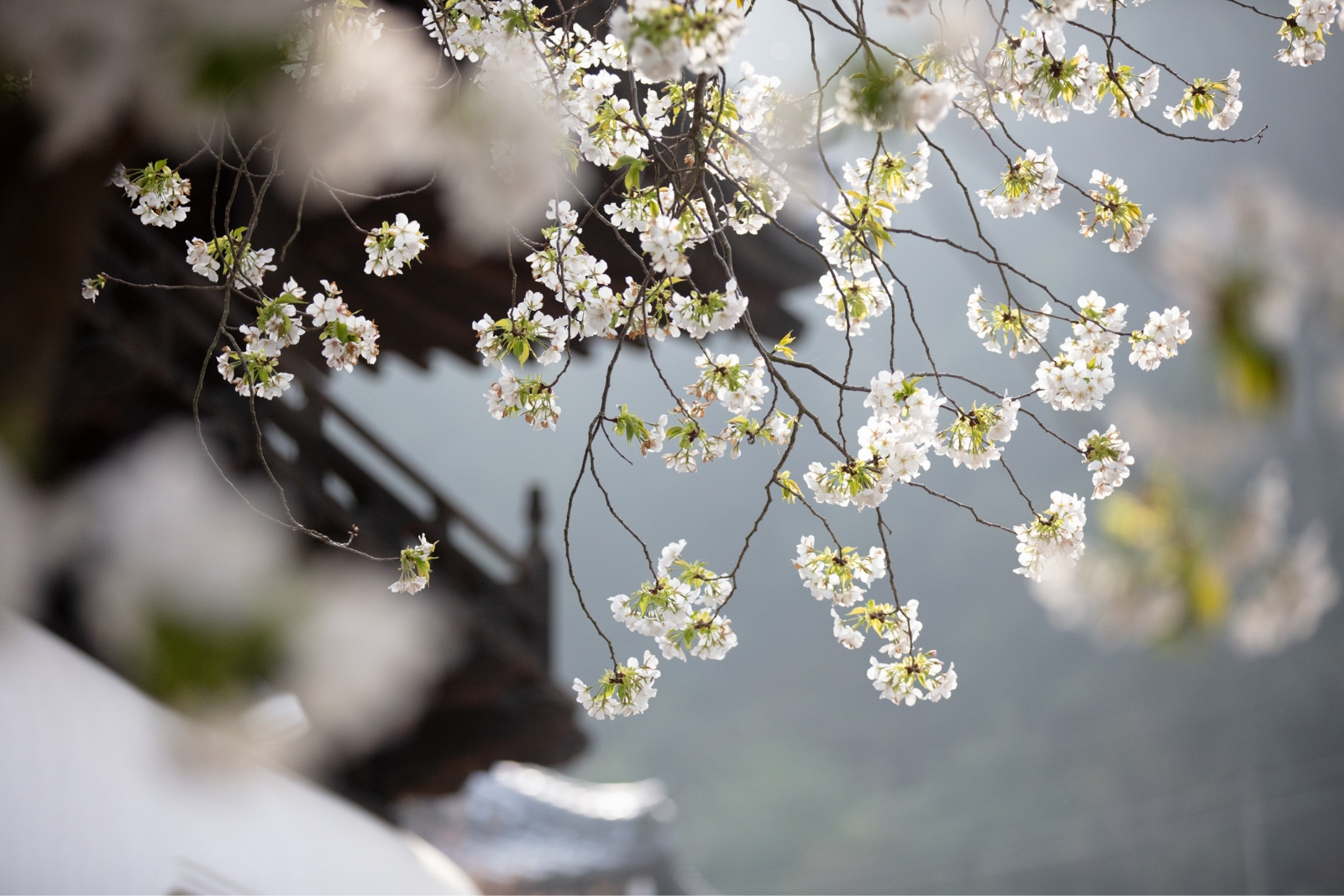
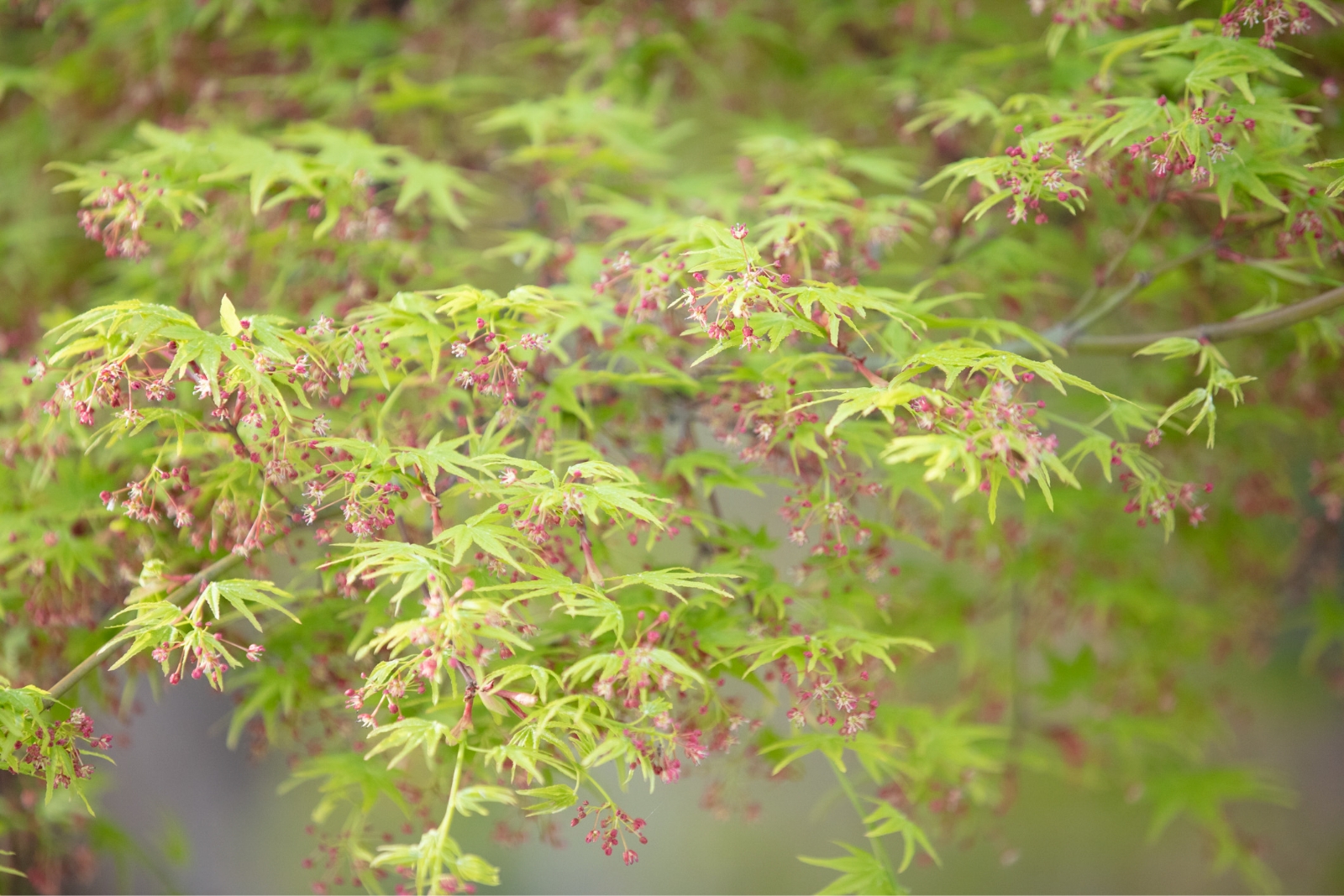
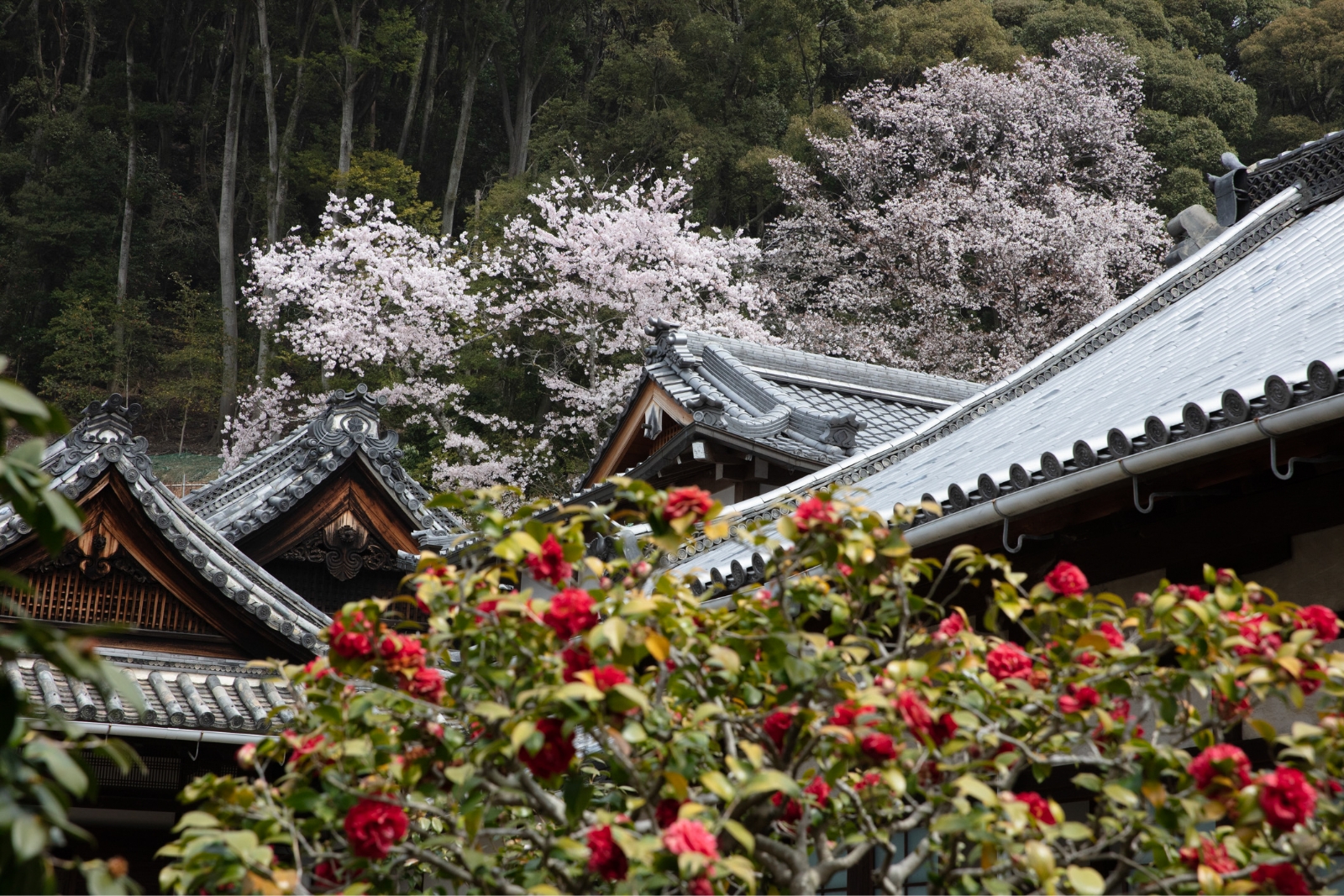
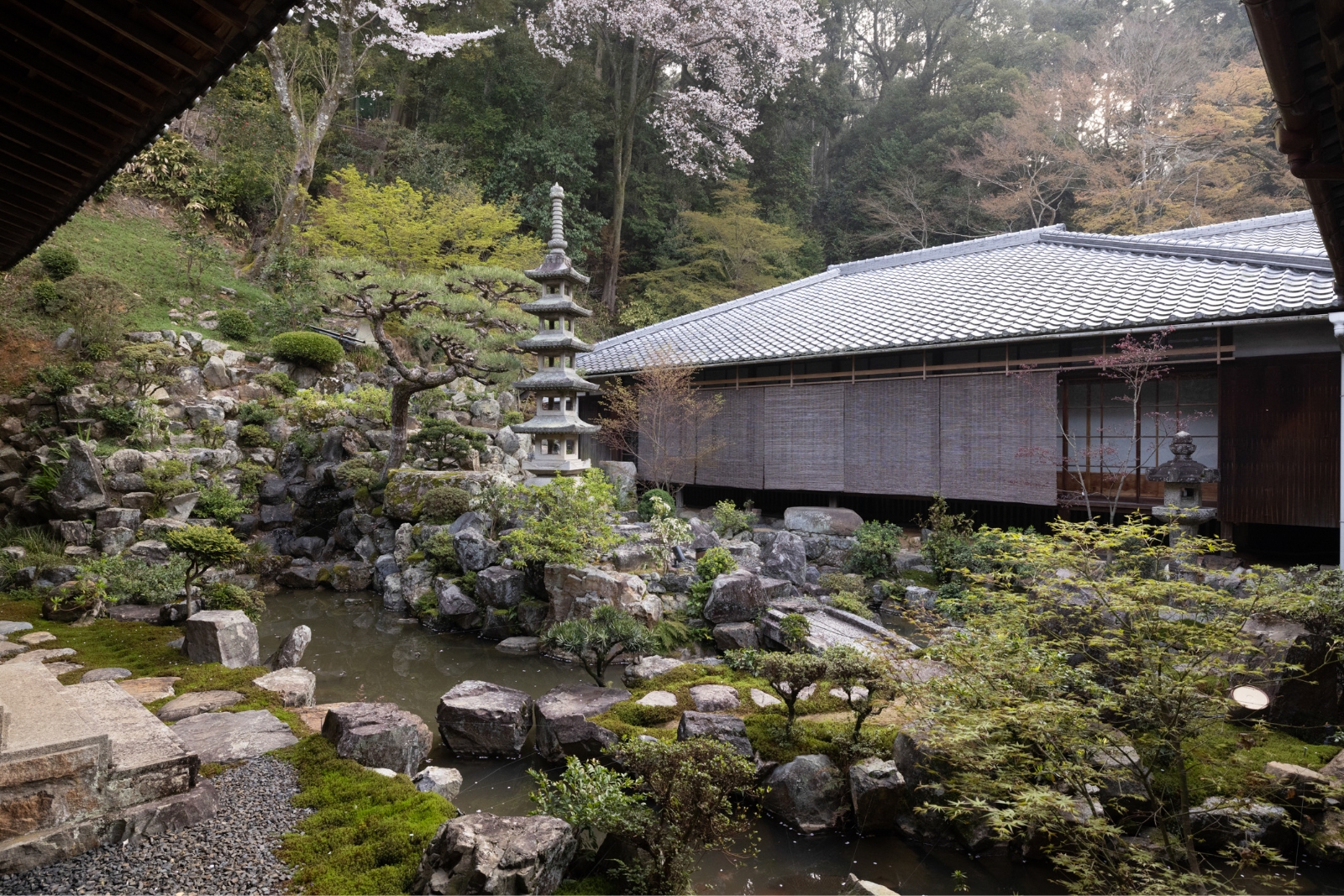
Summer
Shadows of leaves and the cool breeze from the Uji River are refreshing us in summer. When the (Geango) three-month summer retreat begins on May 15, Kotosaka will be covered in fresh green and Koshoji will be in its season of brilliance.
- Kotosaka
- Zentei
- Ojoin Teien
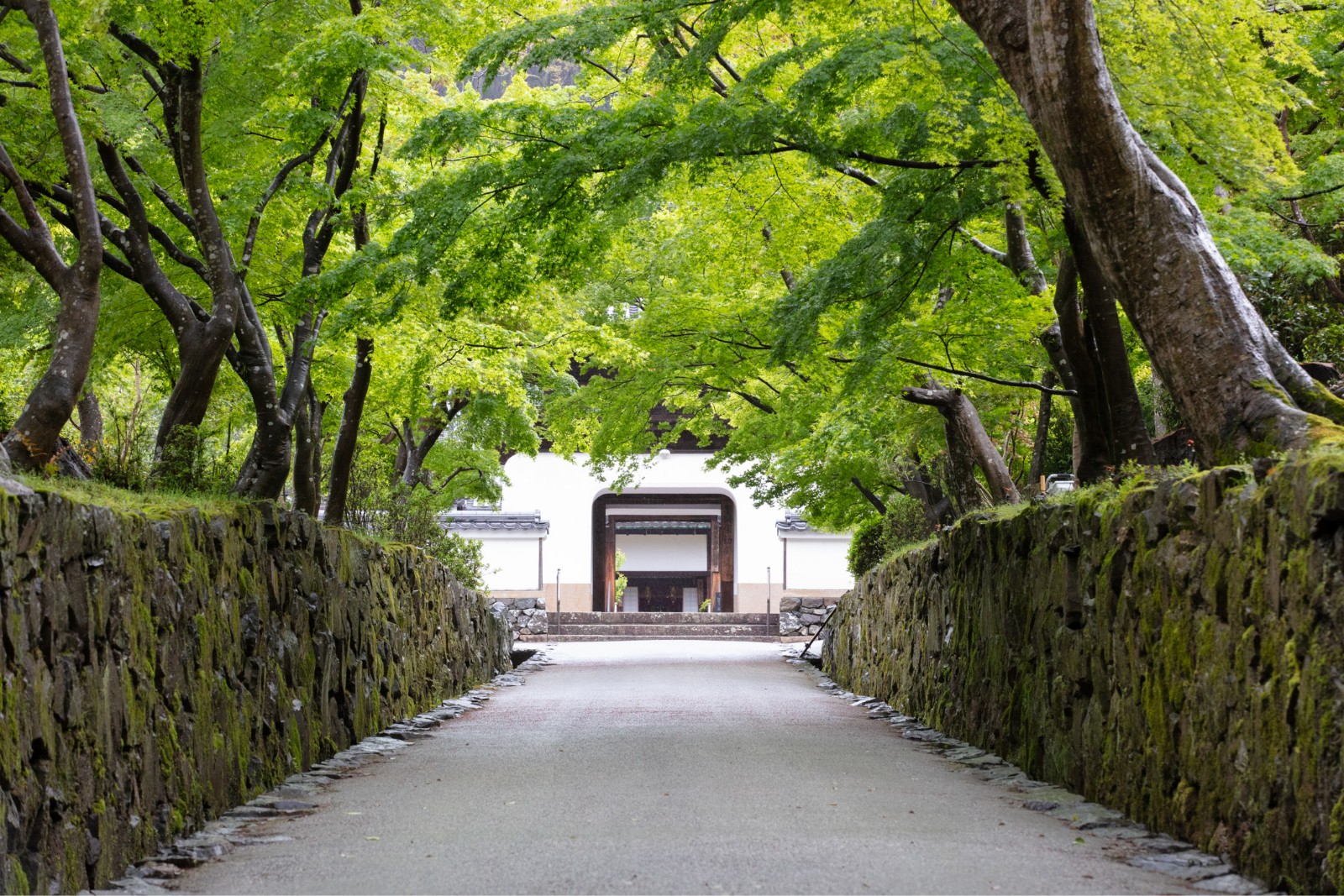
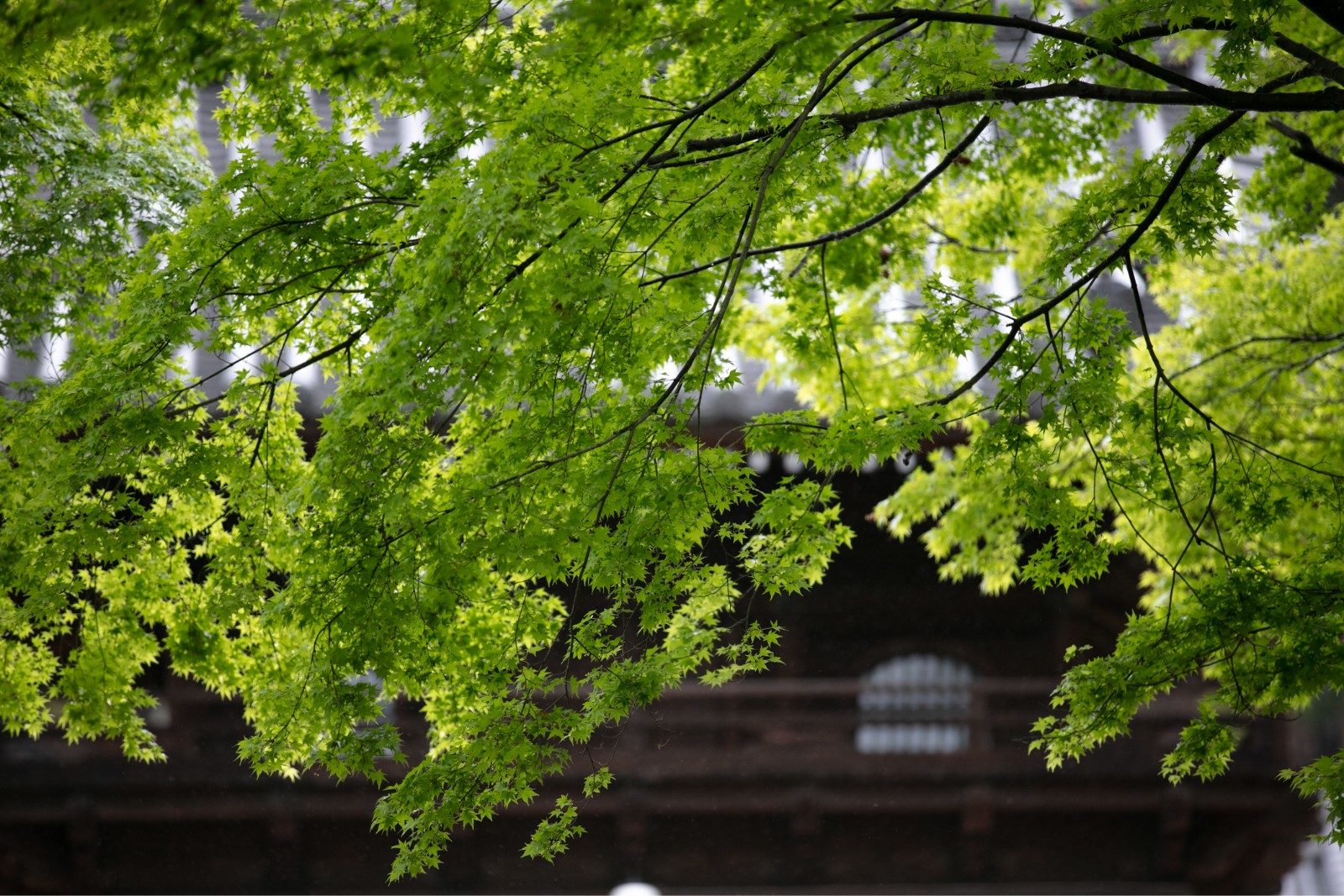
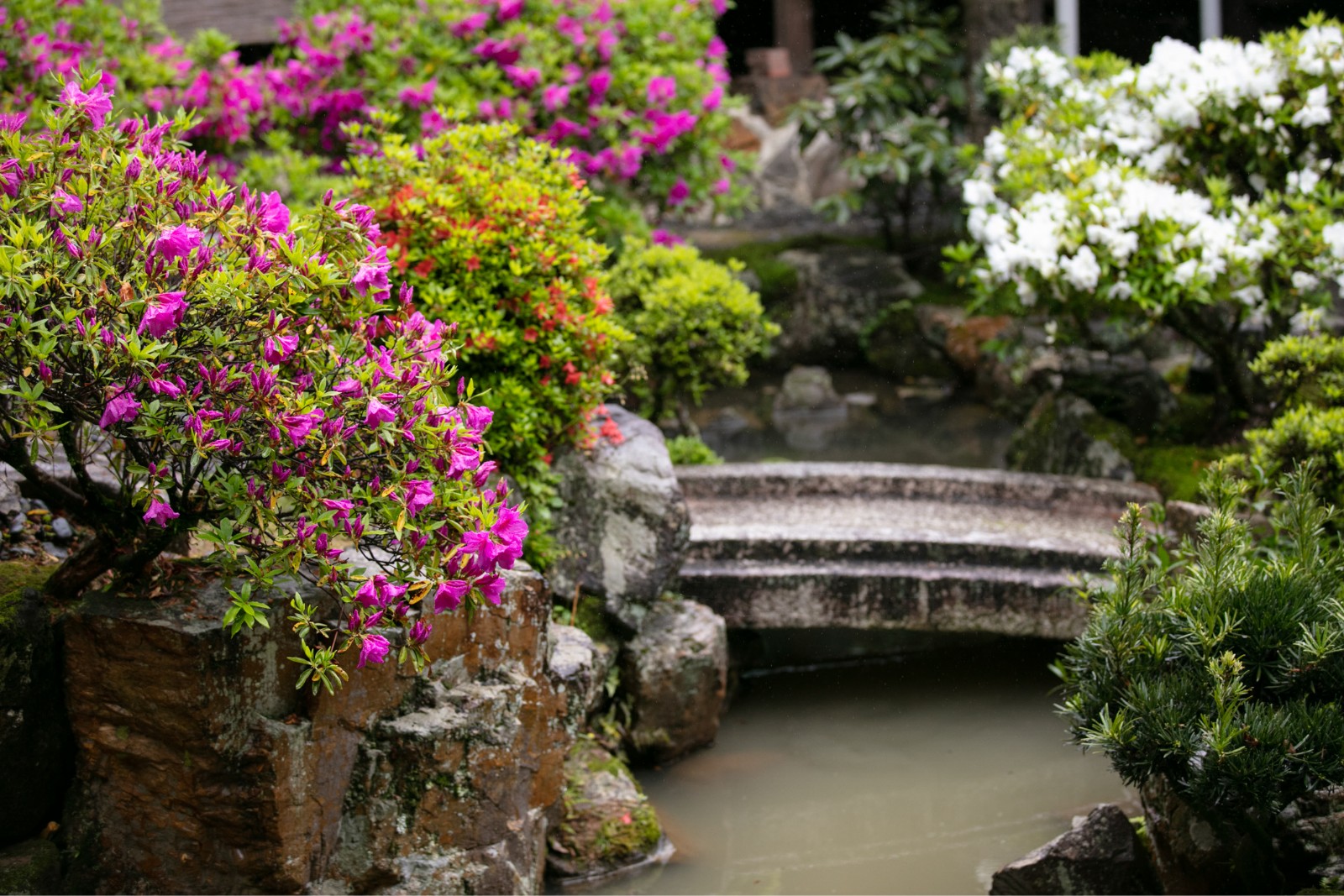
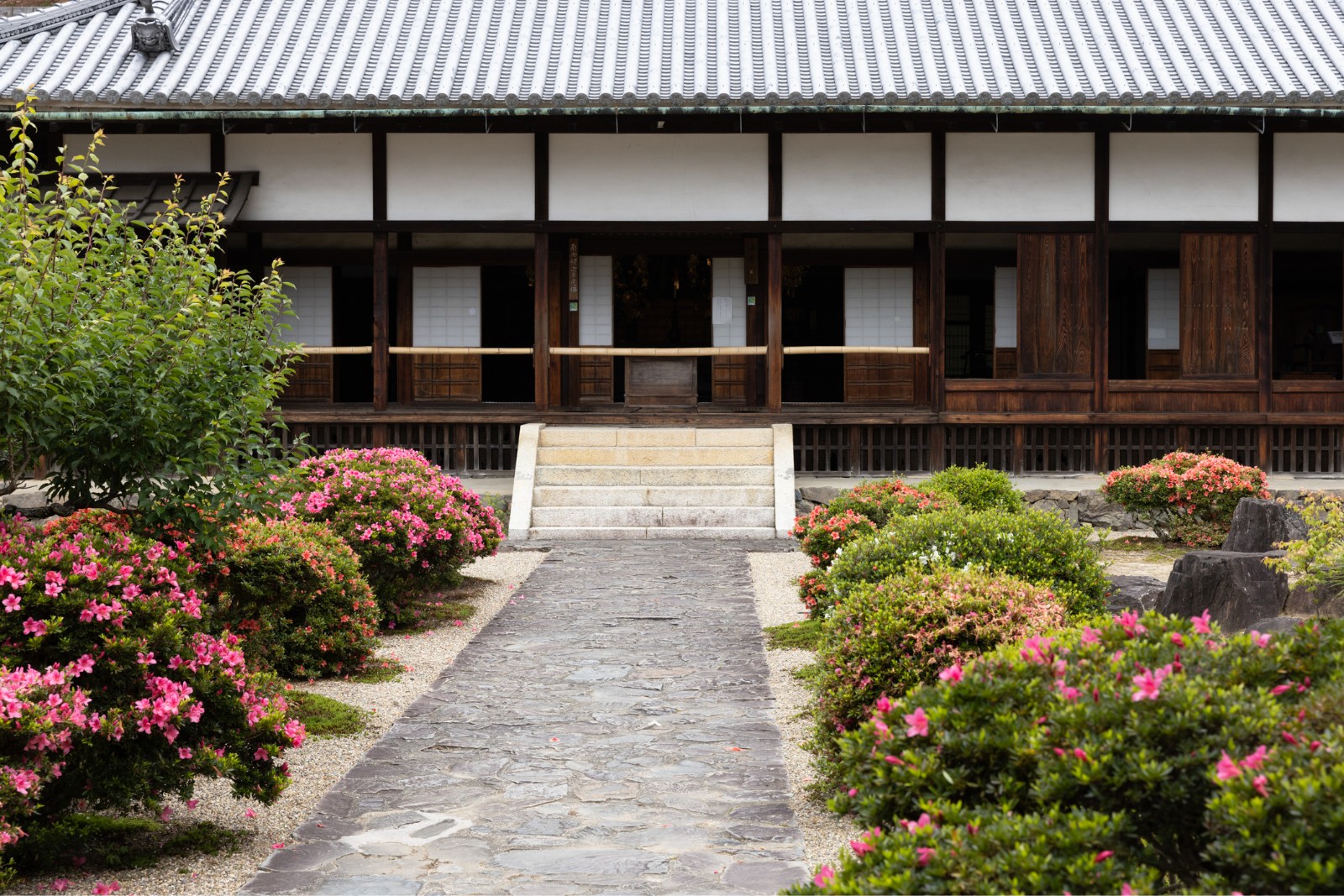
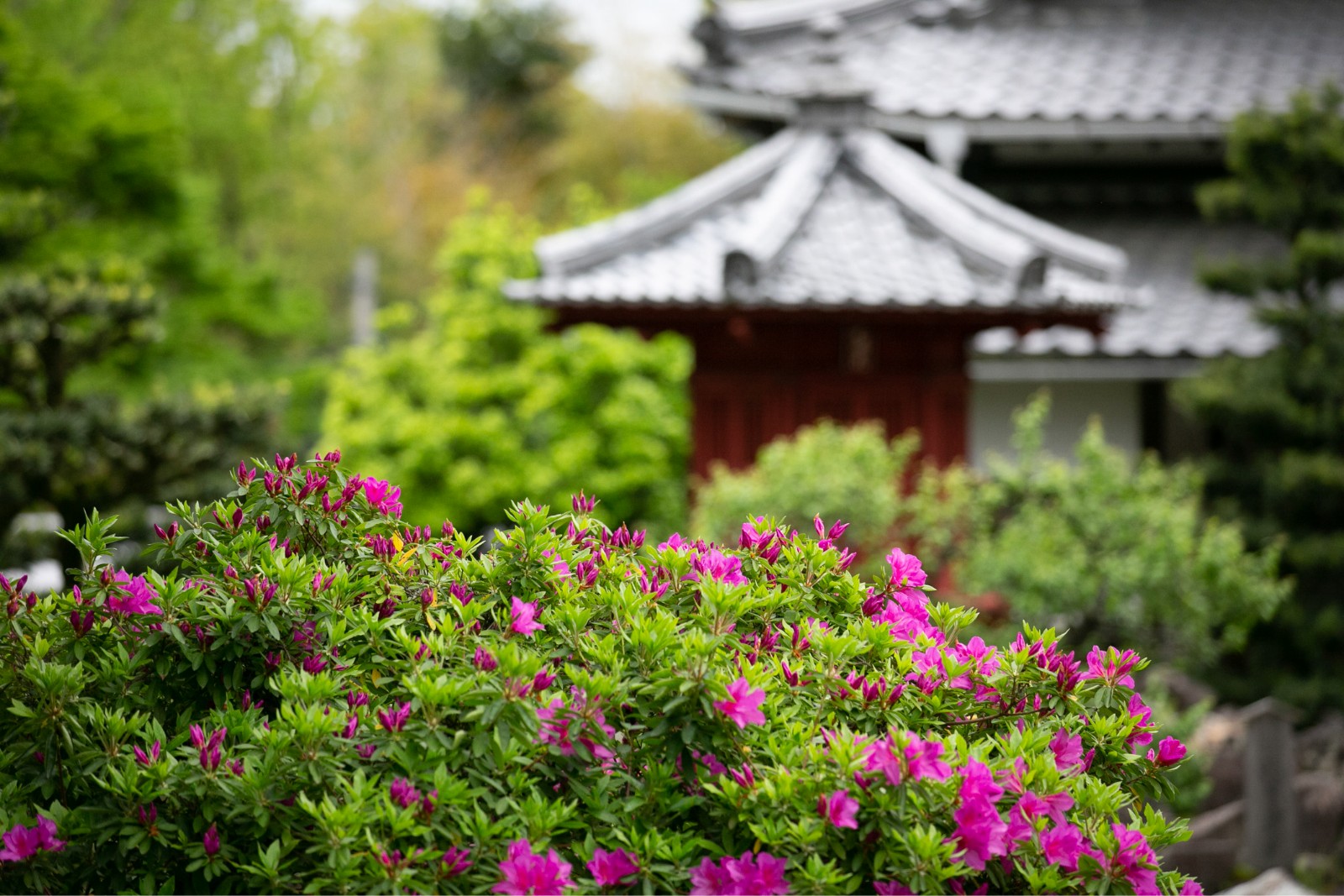
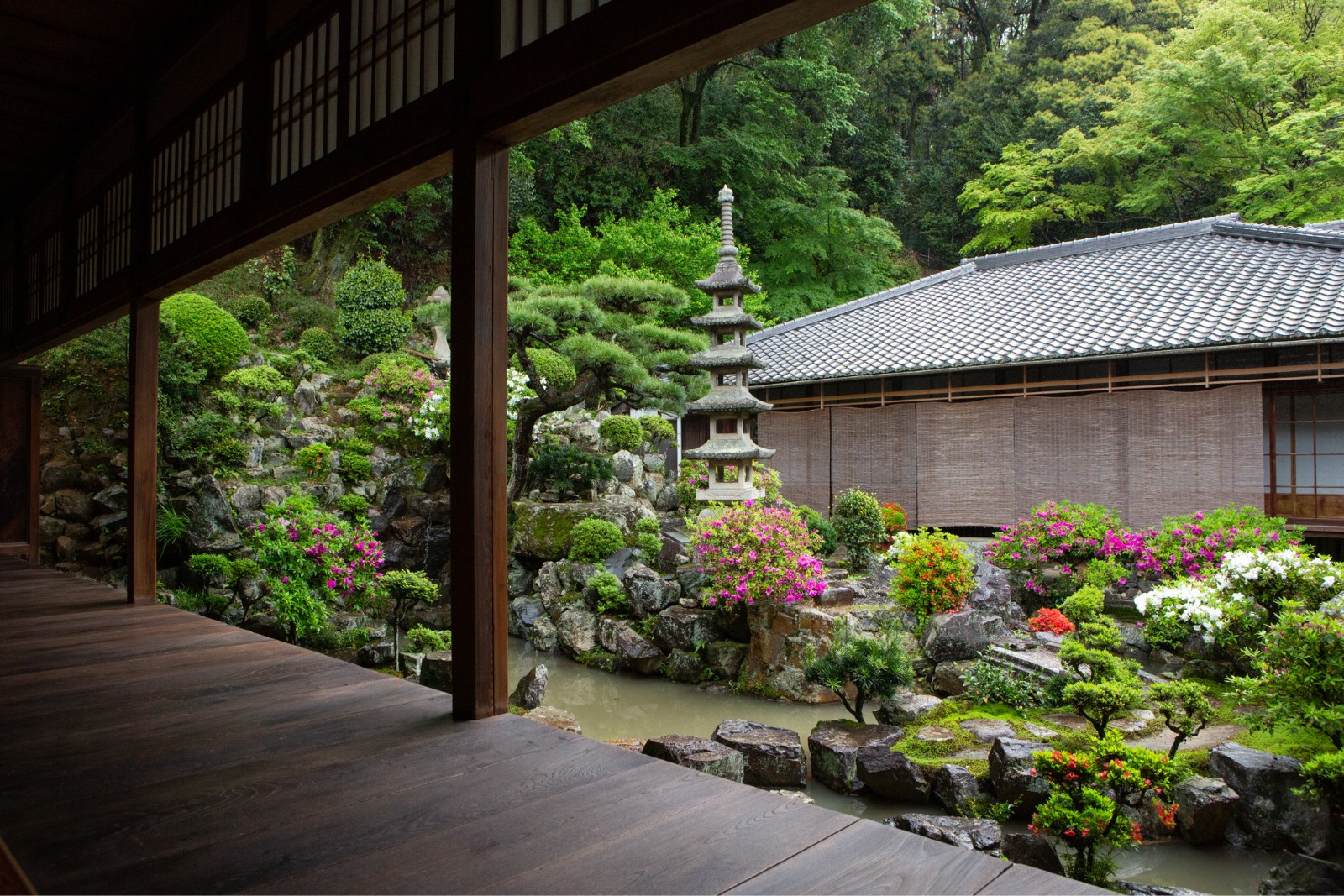
Autumn
Autumn is the season when the leaves begin to change their color into red, shortly after the Memorial Anniversary Ceremony of our founder Dogen Zenji, Kotosaka is covered in colorful brocade. When the colored leaves fall, Jodo-e (Ceremony Commemorating the Awakening of Shakyamuni Buddha) is celebrated, and the season announces us the coming of winter.
- Kotosaka
- Zentei
- Ojoin Teien
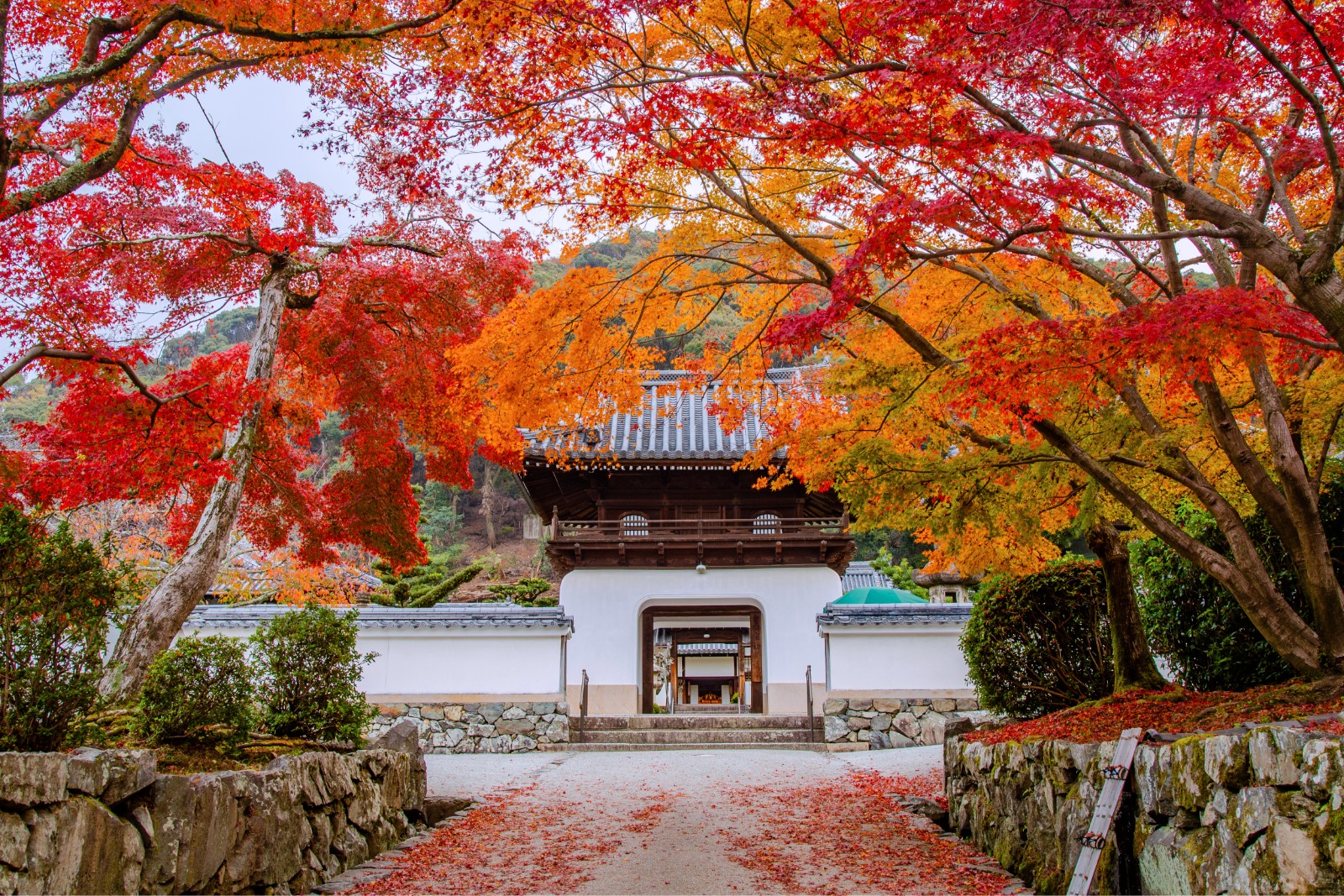
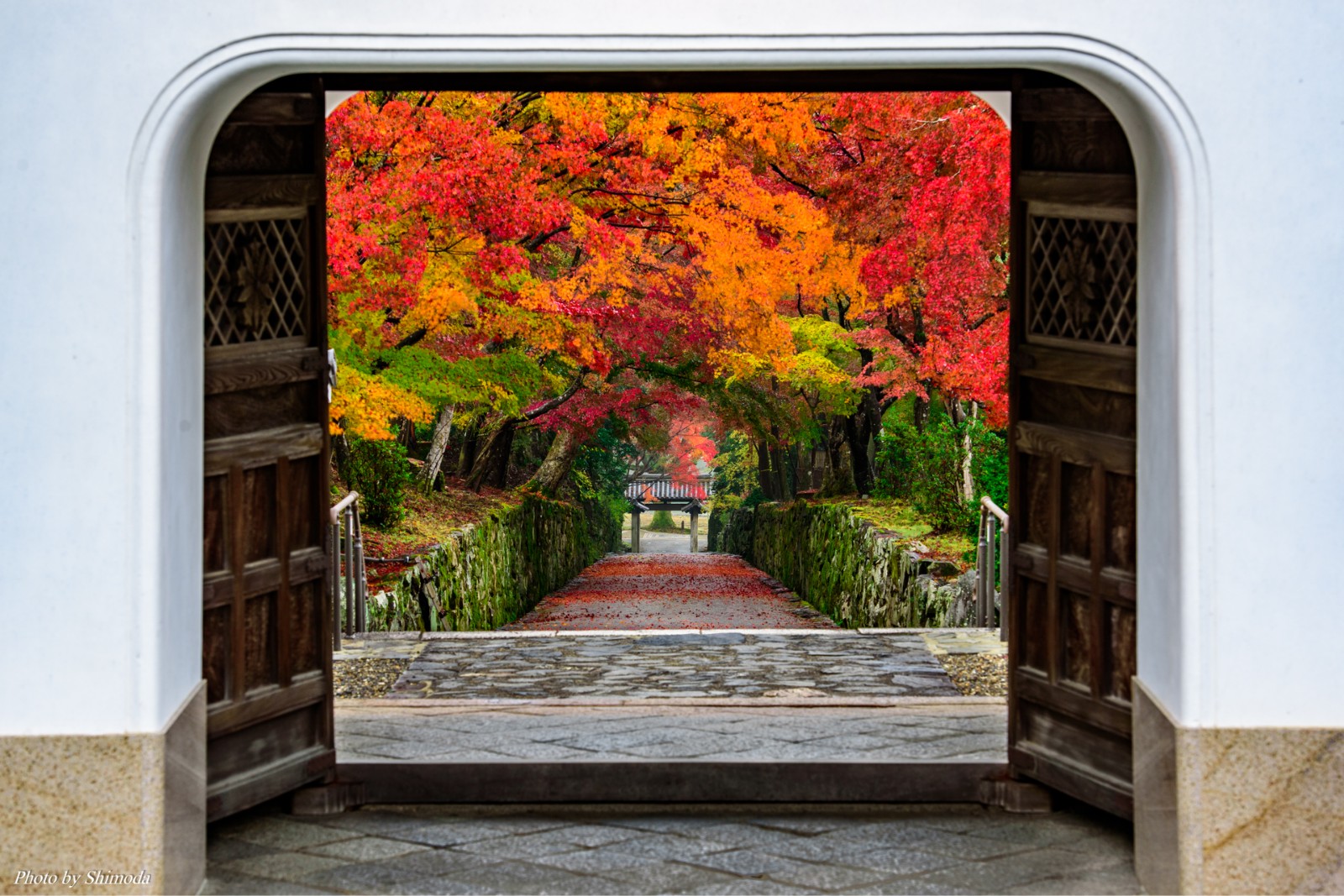
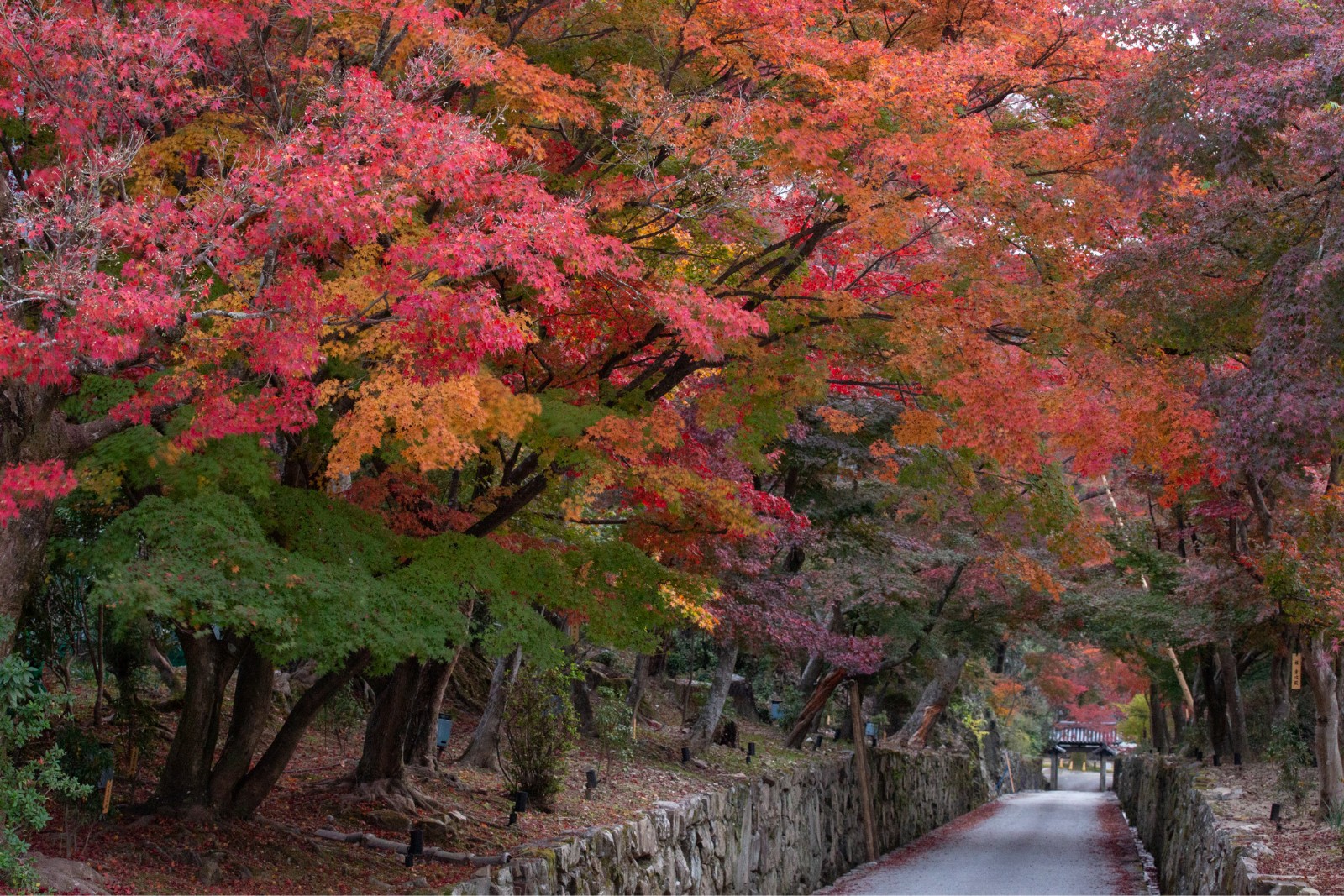
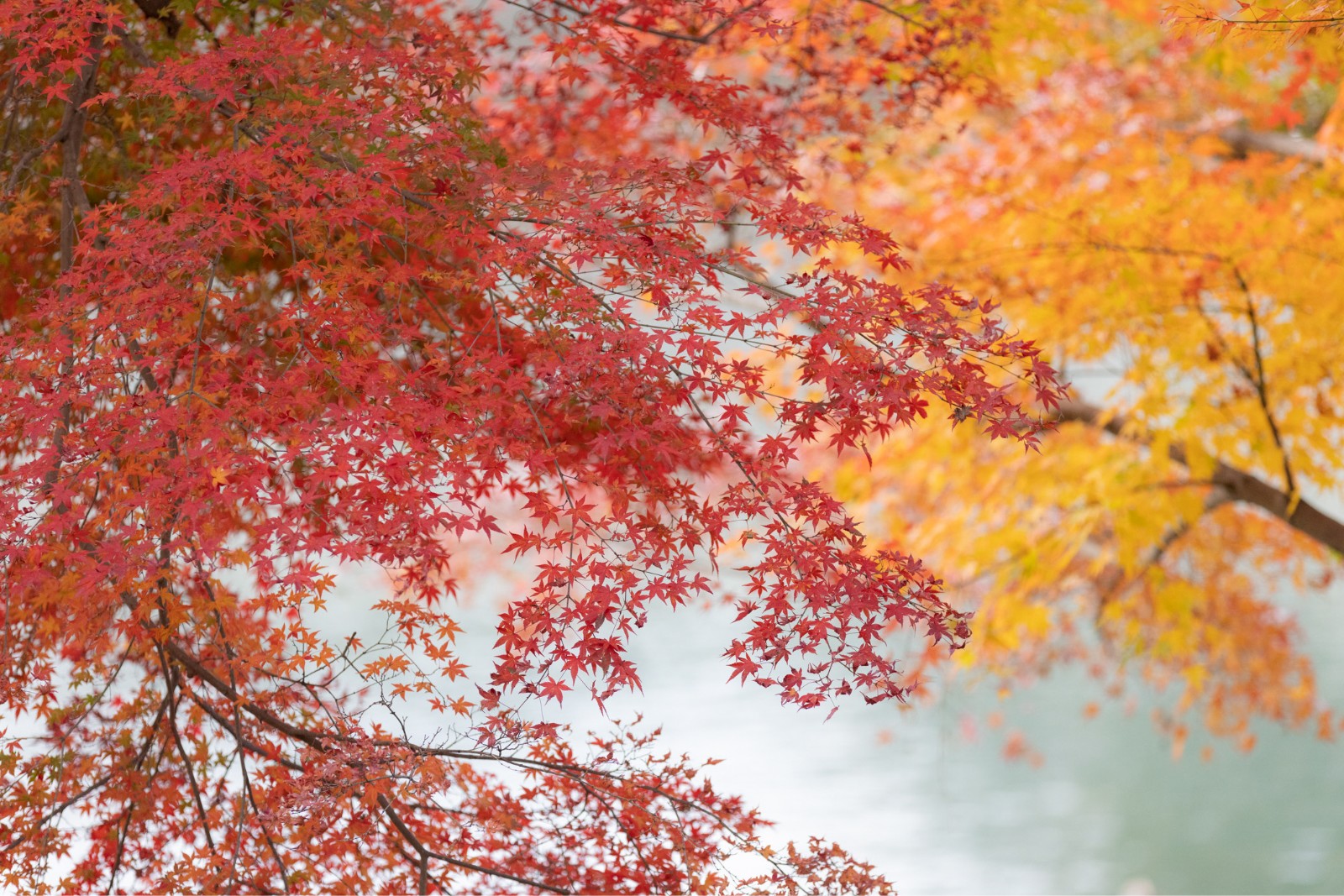
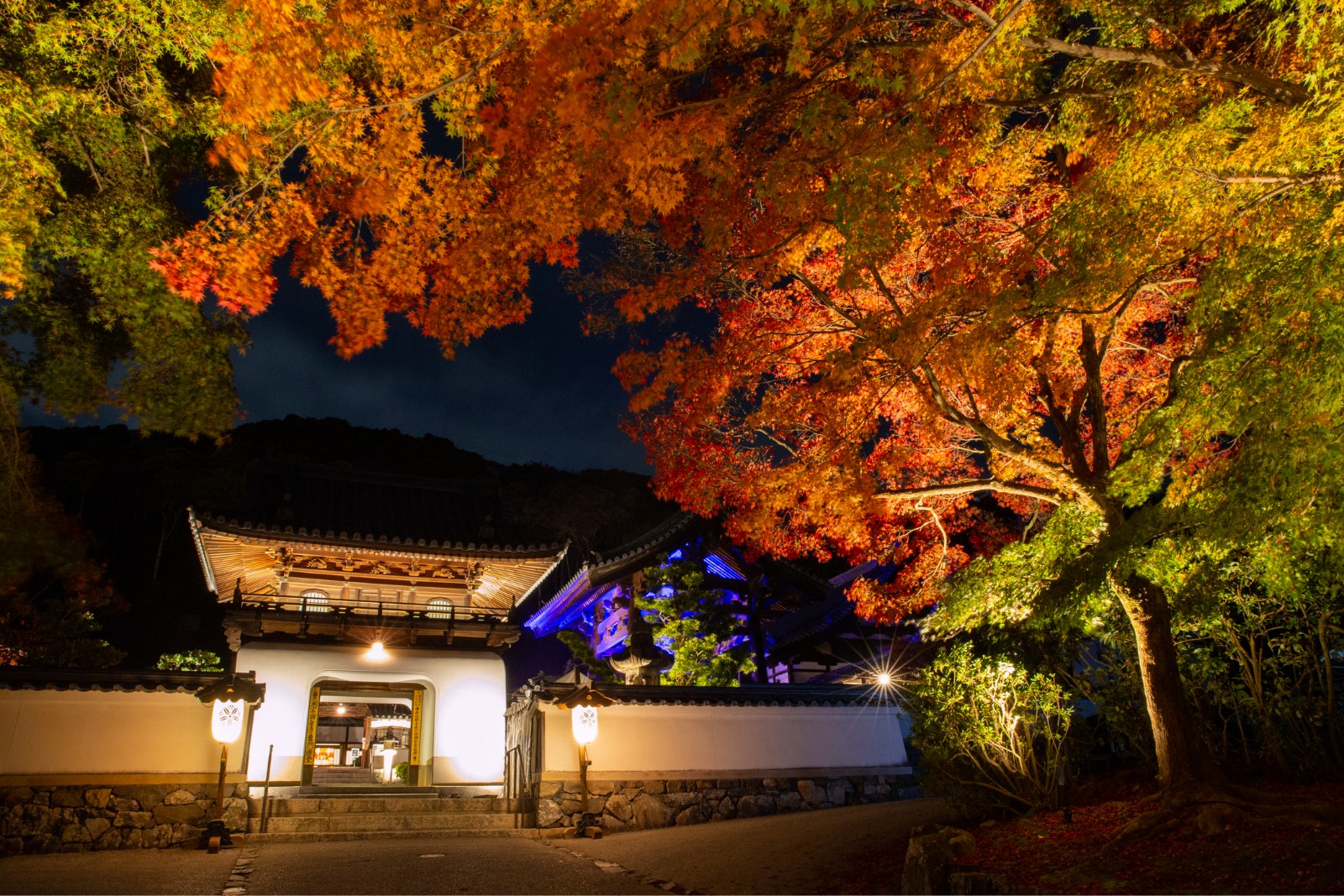
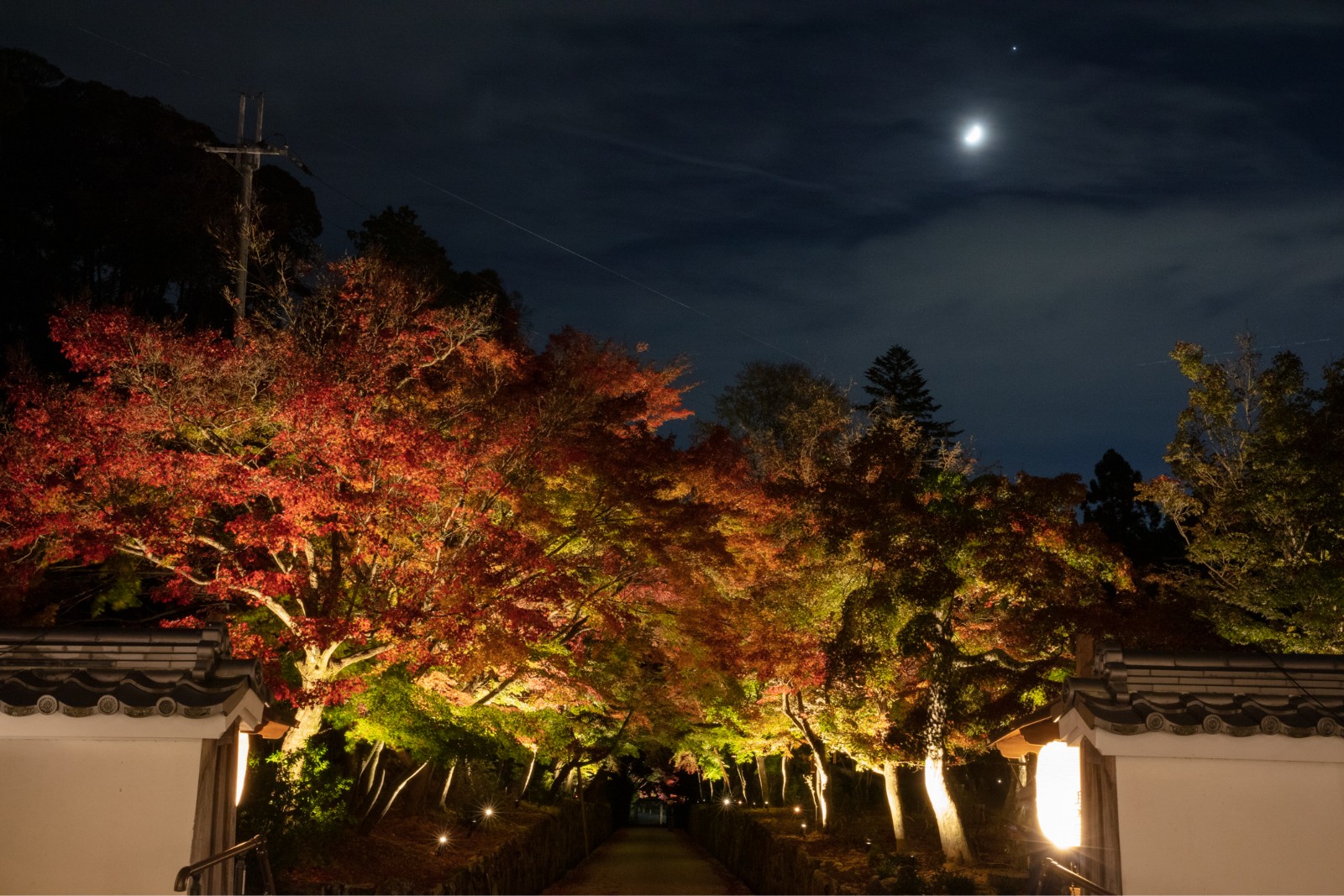
Winter
Dignified atmosphere in winter. We enter a season of intensive training period. In Koshoji, a week from December 1st to the day of the Jodo-e (8th), we practice Rohatsu Sesshin day-and-night zazen practice.
- Kotosaka
- Zentei
- Ojoin Teien
